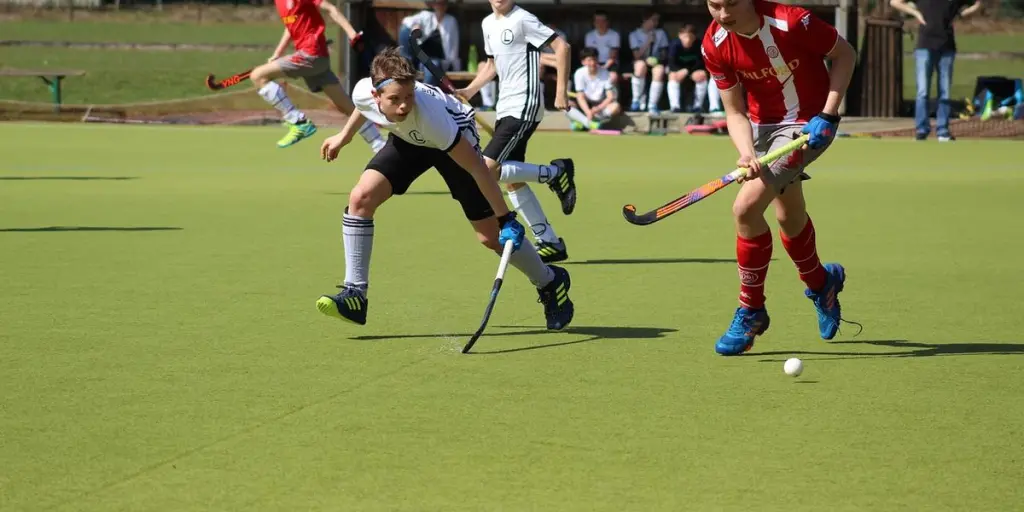Mini hockey, a scaled-down version of traditional hockey, is gaining traction among sports enthusiasts of all ages. This sport, which can be played indoors or outdoors, offers a fun and accessible way to enjoy hockey without the need for a full-sized rink. As mini hockey continues to grow in popularity, it is essential to understand the market dynamics, key players, and target audiences driving this trend.
Table of Contents:
Market Overview
Innovative Designs and Materials in Mini Hockey
Technological Advancements in Mini Hockey Equipment
Seasonal Trends and Consumer Preferences
Conclusion
Market Overview
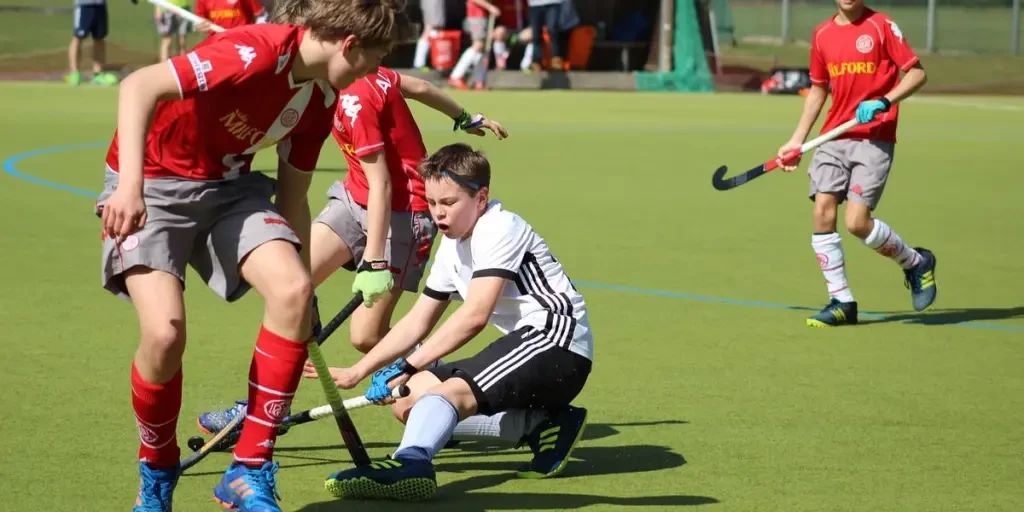
Growing Popularity of Mini Hockey
Mini hockey has seen a significant rise in popularity in recent years. According to a professional report, the market for mini hockey equipment is expected to grow at a compound annual growth rate (CAGR) of 5.2% from 2024 to 2028. This growth can be attributed to several factors, including the increasing interest in recreational sports, the convenience of playing mini hockey in smaller spaces, and the sport’s appeal to both children and adults.
The sport’s accessibility is a major driver of its popularity. Unlike traditional hockey, which requires a full-sized rink and extensive equipment, mini hockey can be played in basements, garages, and backyards with minimal gear. This makes it an attractive option for families looking for a fun and engaging activity that can be enjoyed at home.
Key Players and Brands in the Market
The mini hockey market is dominated by several key players and brands that have established themselves as leaders in the industry. Companies like Franklin Sports, Bauer, and Mylec are well-known for their high-quality mini hockey equipment, including sticks, goals, and protective gear. These brands have built strong reputations for their innovative products and commitment to quality.
Franklin Sports, for example, offers a wide range of mini hockey sets that cater to different skill levels and age groups. Their products are designed to be durable and easy to use, making them a popular choice among consumers. Bauer, another leading brand, is known for its advanced technology and high-performance equipment. Their mini hockey sticks and goals are designed to replicate the feel of traditional hockey, providing an authentic experience for players.
Market Segmentation and Target Audience
The mini hockey market can be segmented into several key categories based on factors such as age, skill level, and playing environment. Understanding these segments is crucial for brands looking to target their products effectively.
- Age Groups: Mini hockey appeals to a wide range of age groups, from young children to adults. Children’s mini hockey sets are typically designed to be safe and easy to use, with lightweight sticks and soft balls. For older players, more advanced equipment is available that mimics the feel of traditional hockey.
- Skill Levels: The market can also be segmented based on skill levels, with products available for beginners, intermediate players, and advanced players. Beginner sets are designed to be user-friendly and affordable, while advanced sets offer higher-quality materials and more sophisticated designs.
- Playing Environment: Mini hockey can be played in various environments, including indoors and outdoors. Indoor sets are designed to be compact and easy to set up, making them ideal for use in basements and garages. Outdoor sets, on the other hand, are built to withstand the elements and provide a more robust playing experience.
According to a report by Statista, the demand for team sports equipment, including mini hockey, is expected to continue growing, driven by increasing participation rates and the popularity of recreational sports. This trend is particularly evident in regions like North America and Europe, where sports culture is deeply ingrained.
Innovative Designs and Materials in Mini Hockey
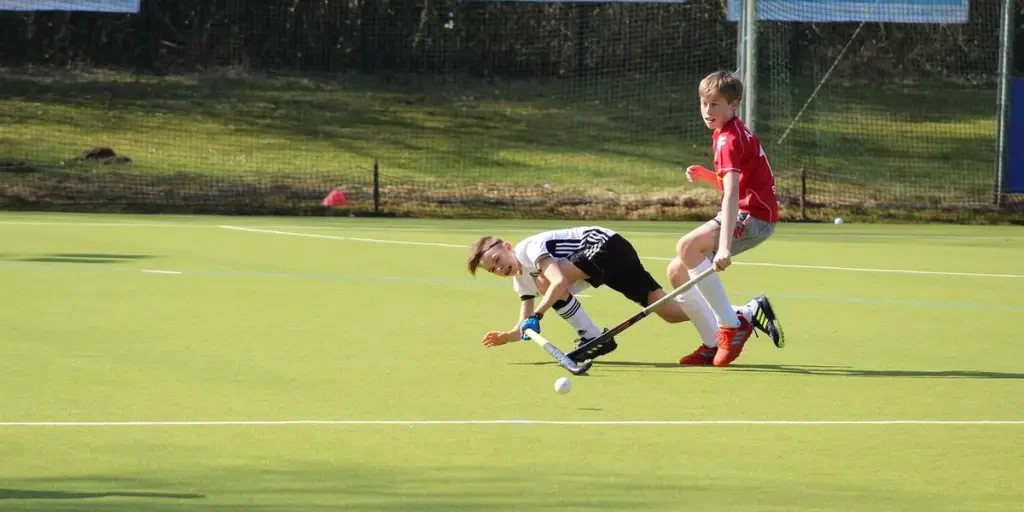
Cutting-Edge Materials for Enhanced Performance
The evolution of mini hockey equipment has been significantly influenced by advancements in materials science. Modern mini hockey sticks, for instance, are now often constructed from composite materials that combine carbon fiber, fiberglass, and Kevlar. These materials offer a blend of lightweight properties and high durability, which enhances the player’s control and shot accuracy. According to a professional report, the use of such advanced materials has been shown to improve performance by reducing the overall weight of the equipment while maintaining strength and flexibility.
Additionally, mini hockey pucks have seen improvements with the introduction of low-friction materials that mimic the glide of ice hockey pucks on synthetic surfaces. This innovation allows for a more realistic playing experience, which is crucial for training and skill development. The integration of these materials not only enhances the performance but also extends the lifespan of the equipment, making it a cost-effective choice for consumers.
Ergonomic and User-Friendly Designs
Ergonomics play a crucial role in the design of mini hockey equipment. Manufacturers are increasingly focusing on creating gear that is not only high-performing but also comfortable and user-friendly. For example, mini hockey sticks are now designed with ergonomic grips that reduce hand fatigue and improve handling. This is particularly important for younger players who are still developing their motor skills.
Moreover, mini hockey goals are being designed with easy assembly and portability in mind. This user-friendly approach ensures that the equipment can be set up quickly and transported easily, making it convenient for both indoor and outdoor play. The emphasis on ergonomic design extends to protective gear as well, with items such as gloves and shin guards being crafted to offer maximum protection without compromising on comfort.
Customization Options for Different Needs
Customization has become a significant trend in the mini hockey market. Players can now choose from a variety of options to tailor their equipment to their specific needs and preferences. This includes customizable stick lengths, blade curves, and flex ratings, allowing players to optimize their gear for their playing style. Customization is not limited to performance aspects; aesthetic customization is also gaining popularity, with players able to select colors and designs that reflect their personal style.
This trend towards customization is supported by advancements in manufacturing technologies, such as 3D printing, which allows for the production of bespoke equipment at a relatively low cost. The ability to customize equipment not only enhances player satisfaction but also provides a competitive edge, as players can fine-tune their gear to suit their unique requirements.
Technological Advancements in Mini Hockey Equipment
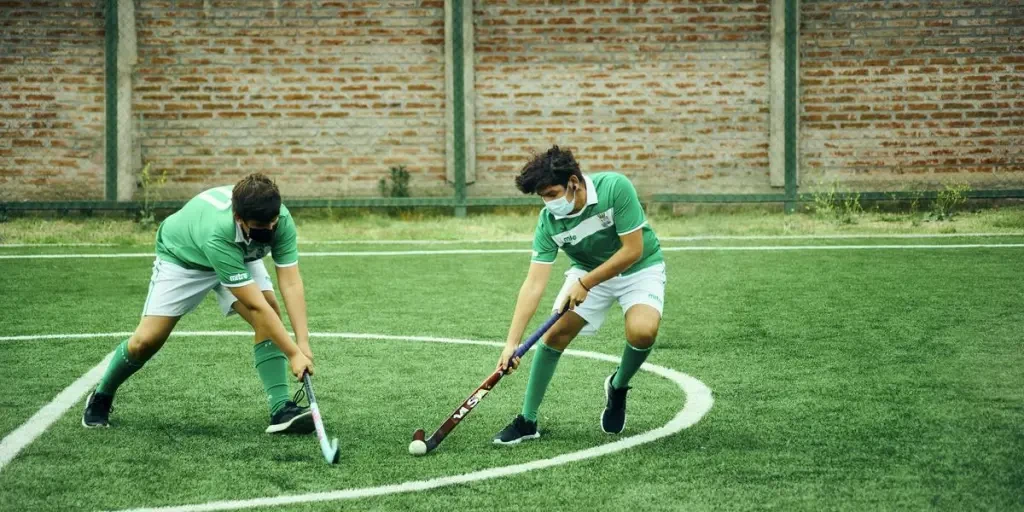
Smart Features and Digital Integration
The integration of technology into mini hockey equipment is revolutionizing the way the game is played and practiced. Smart sticks equipped with sensors can now track metrics such as shot speed, accuracy, and stick handling skills. This data can be synced with mobile apps, providing players with real-time feedback and personalized training programs. Such technological advancements are making it easier for players to monitor their progress and improve their skills systematically.
Additionally, digital scoreboards and smart goals that track and display scores automatically are becoming more common. These innovations not only enhance the playing experience but also add an element of professionalism to mini hockey games. The use of technology in mini hockey is a clear indication of the industry’s commitment to innovation and continuous improvement.
Safety Enhancements through Technology
Safety is a paramount concern in any sport, and mini hockey is no exception. Technological advancements have led to the development of protective gear that offers enhanced safety features. For instance, helmets with impact sensors can detect and alert players to potential concussions, ensuring timely medical intervention. Similarly, advanced padding materials that absorb and dissipate impact forces are being used in gloves and shin guards, providing better protection without adding bulk.
These safety enhancements are particularly important for younger players, who are more susceptible to injuries. By incorporating technology into protective gear, manufacturers are helping to create a safer playing environment, which is crucial for the sport’s growth and popularity.
Durability and Longevity of Modern Equipment
The durability and longevity of mini hockey equipment have been significantly improved through the use of advanced materials and manufacturing techniques. Composite materials used in sticks and pucks are not only lightweight but also highly resistant to wear and tear. This ensures that the equipment can withstand the rigors of regular use, making it a cost-effective investment for players and parents alike.
Furthermore, the use of high-quality synthetic materials in goals and nets ensures that they remain functional and intact even after prolonged exposure to outdoor elements. This focus on durability is essential for maintaining the integrity of the game and ensuring that players can enjoy their equipment for longer periods.
Seasonal Trends and Consumer Preferences
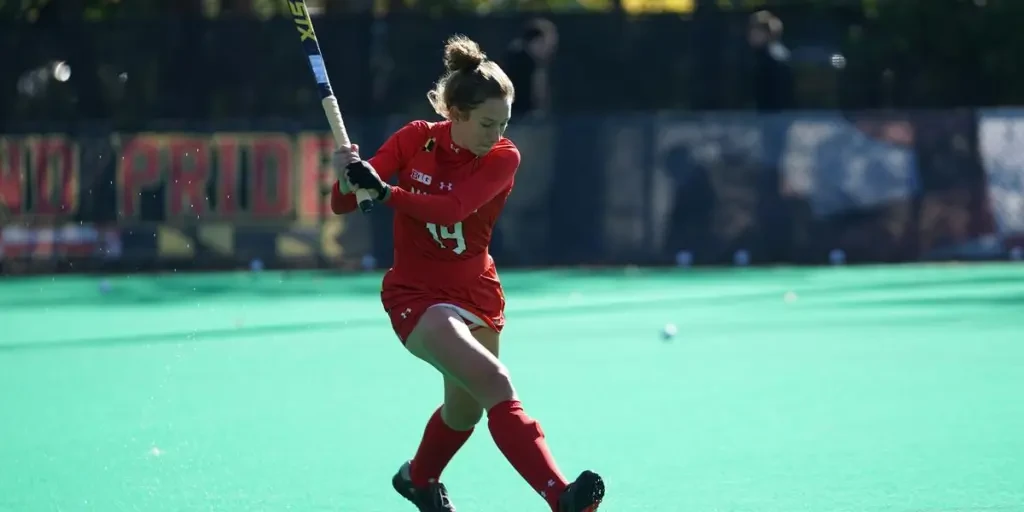
Popular Mini Hockey Trends by Season
Seasonal trends play a significant role in the mini hockey market. During the winter months, there is a noticeable increase in demand for indoor mini hockey equipment as players look for ways to stay active and practice their skills indoors. Conversely, the summer months see a rise in outdoor mini hockey activities, with portable goals and synthetic ice surfaces becoming popular.
These seasonal trends are influenced by factors such as weather conditions and the availability of indoor and outdoor playing spaces. Manufacturers and retailers need to be aware of these trends to ensure they can meet the fluctuating demand and provide the right products at the right time.
Influences of Cultural and Regional Preferences
Cultural and regional preferences also impact the mini hockey market. In regions with a strong hockey culture, such as Canada and Northern Europe, there is a higher demand for high-quality mini hockey equipment. These regions often see a greater emphasis on performance and durability, with players looking for gear that can withstand intense use.
In contrast, regions where hockey is less popular may see a preference for more affordable and beginner-friendly equipment. Understanding these cultural and regional preferences is crucial for manufacturers and retailers looking to cater to a diverse customer base.
Budget-Friendly Options and Pricing Trends
Affordability is a key consideration for many consumers, particularly parents looking to introduce their children to mini hockey. As a result, there is a growing market for budget-friendly mini hockey equipment that offers good quality at a reasonable price. According to a professional report, the availability of affordable options has made mini hockey more accessible to a wider audience, contributing to the sport’s growth.
Manufacturers are responding to this demand by offering entry-level equipment that does not compromise on safety or performance. This includes sticks, pucks, and protective gear that are designed to be durable and functional while remaining affordable. The trend towards budget-friendly options is likely to continue, driven by the need to make the sport accessible to all.
Conclusion
The mini hockey industry is experiencing a dynamic transformation driven by innovative designs, technological advancements, and evolving consumer preferences. The integration of cutting-edge materials and smart features is enhancing performance and safety, while customization options cater to individual needs. Seasonal trends and cultural influences shape the market, with a growing emphasis on affordability making the sport more accessible.
